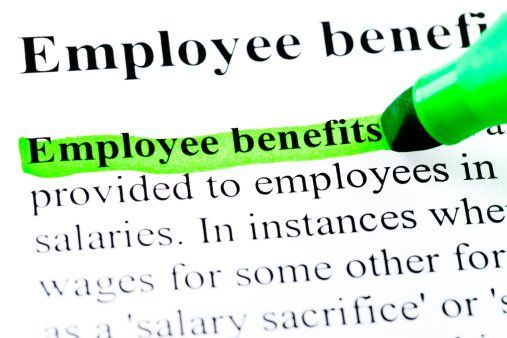By Danielle Capilla
Chief Compliance Officer at United Benefit Advisors
The Consolidated Omnibus Budget Reconciliation Act (COBRA) requires employers to offer covered employees who lose their health benefits due to a qualifying event to continue group health benefits for a limited time at the employee’s own cost. COBRA provisions are found in the Employee Retirement Income Security Act (ERISA), the Internal Revenue Code (Code), and the Public Health Service Act (PHSA). Employers with 20 or more employees and group health plans are subject to COBRA provisions. Most governmental plans, church plans, and certain plans of Indian tribal governments are exempt from COBRA. Employers should always consult with counsel about state continuation laws that are similar to COBRA and apply to small employers.
Only seven events can trigger COBRA obligations and offers of coverage. They are:
- Termination of employment
- Reduction of hours
- Divorce or legal separation
- Death of the covered employee
- A dependent child ceasing to be a dependent under the plan
- Entitlement to Medicare
- Bankruptcy
These events must lead to an individual’s loss of coverage. For example, if a reduction of hours or entitlement to Medicare did not result in an employee’s loss of benefit eligibility, there would be no obligation to offer COBRA coverage. Conversely, employees might experience a loss of coverage that does not trigger COBRA; for example if they fail to pay their portion of the premium or their employer stops offering coverage to spouses.
Affordable Care Act Impact on COBRA
The Patient Protection and Affordable Care Act (ACA) did not directly impact or change COBRA obligations for employers, but other changes in related regulations will determine how and when employers offer COBRA coverage to employees.
Beginning in 2015, to comply with the ACA large employers must offer their full-time employees health coverage, or pay one of two employer shared responsibility (play or pay) penalties. An employer is considered large, or an applicable large employer (ALE), if it has 50 or more full-time or full-time equivalent employees. Full-time employees are employees that average 30 hours a week or more. There are two methods that an ALE can use to determine which employees must be offered coverage to avoid penalties: the monthly method, and the measurement and look-back method. ALEs are also required to report on coverage that they did or did not provide.
For an in-depth review of the measurement and look-back methods and options, as the reporting obligations and FSA carryovers, request UBA’s ACA Advisor, “Cobra and the Affordable Care Act”.
We're here to help.
Schedule a free phone consultation today.
Latest Insights
Advanced Estate & Insurance Services, Inc. CA License #0M90887
Website Design & SEO by RivalMind




